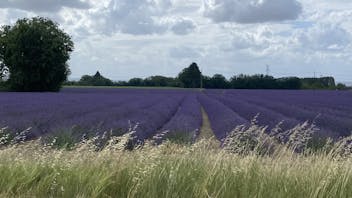Product Overview
Our Copaiba Balsam has a somewhat sweet, mild, soft woody, slightly spicy-peppery aroma with modest tenacity. It is known as one of the most inexpensive natural fixatives; indeed, its main use in perfumery is for that purpose.[1] However, its lengthy history of use by indigenous peoples is rich and extensive, portraying a veritable host of applications.
The stately Copaibas are impressive, densely branched, leguminous trees found mainly in South America with more than 35 species that have adapted to the continent’s unique terrain. When tapped, in the same manner as Sugar Maple trees, they yield a thin, clear and colorless oily resin that thickens and darkens upon contact with air. The balsamic resin, similar in consistency to Sandalwood oil, is collected for several days after which the tap is removed and the hole sealed with clay; the tapped trees are left to rest for three years between extractions. The abundant resin (up to 40 liters annually[2]) may be filtered for use as lamp oil or as fuel for diesel engines, hence the nickname ‘diesel tree’. Copaiba Balsam is preferred by some to the distilled oil, as it doesn’t require branches or whole trees to be cut, but more importantly, it contains vital diterpenes that do not appear in the essential oil.
The balsamic oil of Copaifera langsdorffii (Copaiba) is composed primarily of the heavier sesquiterpene and diterpene hydrocarbons, and the dominant compound, beta-caryophyllene. It is well suited in formulas for chest and muscle rubs, calming massage blends, skincare and aftershaves, or as a versatile fixative middle to base note in perfumery.



